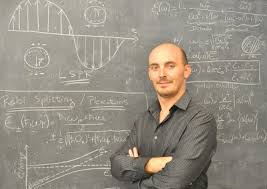
Nicolas Large
The University of Texas at San Antonio, USA
Title: Computational nanoplasmonics: Success and challenges
Biography
Biography: Nicolas Large
Abstract
Although Plasmonics has emerged as a research field less than 20 years ago, a lot has been achieved from the experimental side but also from the theoretical point of view. Plasmonic nanoparticles and nanostructures of any size and any shape can now be synthesized or fabricated routinely and physical effects such as surface-enhanced Raman scattering (SERS), cathodoluminescence (CL), electron energy-loss spectroscopy (EELS), second harmonic generation (SHG), plasmon-enhanced chemistry, or plasmonic heating can now be observed and used experimentally to design and guide the realization of future and novel nanotechnologies. Yet, computational plasmonics that complements, strengthens, and drives the experimental research faces its own challenges and also possess its own success stories. Here I will bring in perspective some of the most recent successful aspects of computational plasmonics in optical and electron spectroscopies (SERS, CL, EELS), photonic applications (optical nanoswitch), physics of hybrid systems (plasmon-exciton and plasmon-vibration interactions). I also will highlight several major challenges that remain and actively drive the plasmonic community to develop novel numerical tools and models.

